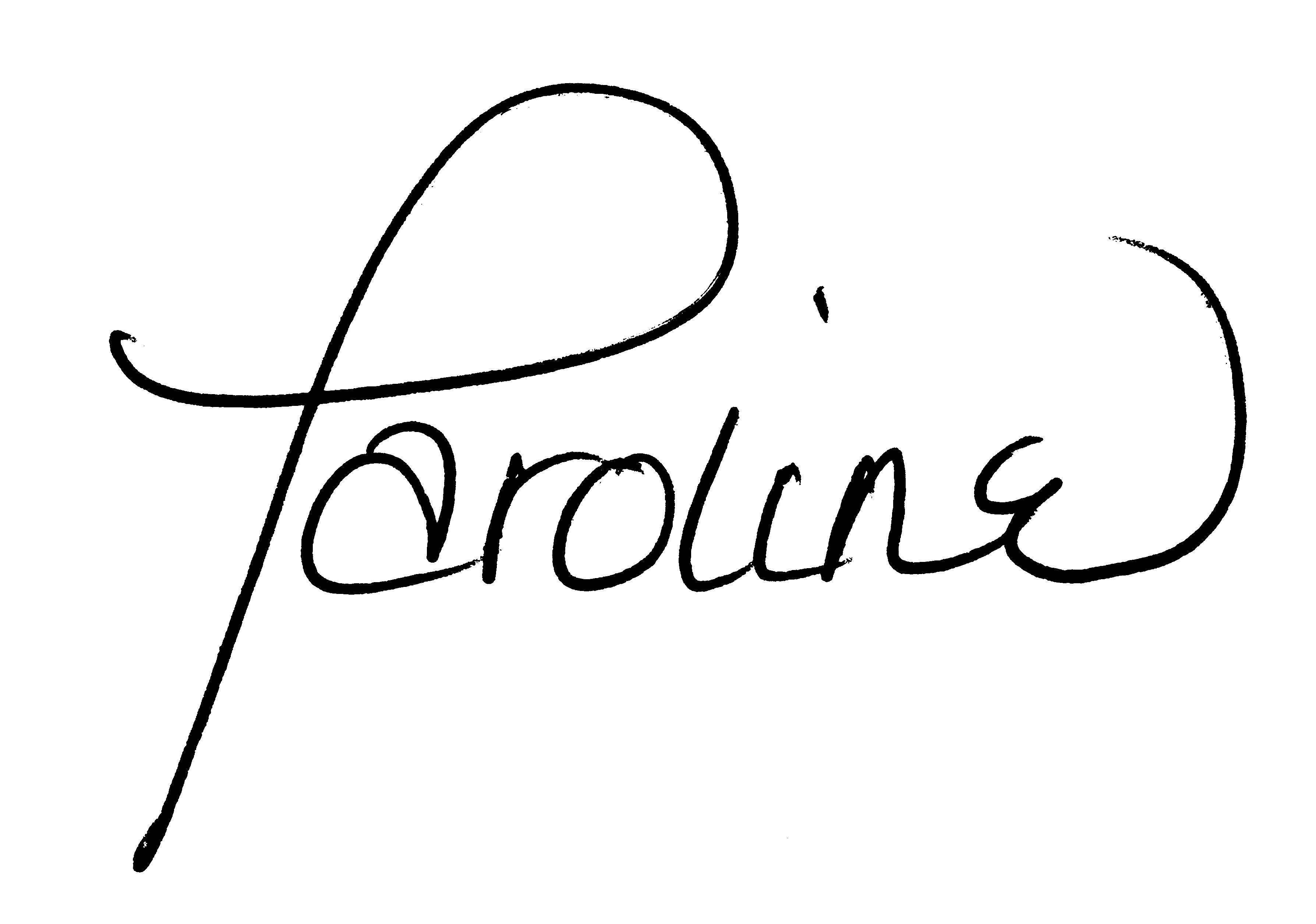The charitable sector is an integral part of our economy and lives, but it is often left out of important conversations. According to sector watchdog, Imagine Canada’s latest Annual Report, it is a truly challenging time for charities and not-for-profits. Imagine Canada’s research, even before COVID-19, shows that giving behaviours are changing:
- Donors aged 50+ account for 74 per cent of all donations, while those 70+ make up 30 per cent. This shows that giving habits are not being passed down.
- Women’s overall giving had tripled, but has now flattened out, as has men’s.
- Overall giving amounts are up only because those who give are giving more.
- New Canadians are powerful donors. Their annual average is $672, compared to $509 for those born here.
So, does the sector need to re-invent itself and show young donors and willing companies better value? It certainly seems so. Let’s look at what one bold CEO, Andrea Seales, and her Board at the Canadian Cancer Society (CCS) have done in the overcrowded field of 300+ cancer charities.
Just recently, CCS engineered a sizeable amalgamation with their cousins (and former donation acquisition rivals in the cancer space), Prostate Cancer Canada. The move consolidates their operations and paves the way for greater efficiency and more robust philanthropic endeavours.
Interestingly enough, this is not CCS’s first venture into charity merger and acquisition. Their first successful venture, in 2017, was with the Canadian Breast Cancer Foundation. That ground- breaking consolidation resulted in a noticeable 28 per cent year-over-year reduction in fundraising expenses and a praiseworthy increase in funding for research, programs and services.
Seale explains, “our donors are key, and they expect us to reduce duplication and work together so that their donations go further in helping people facing cancer. By partnering, we will be more efficiently working to prevent cancer, fund life saving research and expand awareness and activity for early detection and survivor support.”
“Together we will do more than we could have separately. More of our donors’ dollars will go more for mission and less for administration,” says Robert Lawrie, Chair of CCS’s Board of Directors.
Lets hope all of us who are involved in today’s overcrowded (read often struggling and duplicating) disability space and look for look for opportunities to follow suit. We owe it, not only to our volunteers, donors and the vital causes that we serve, but I daresay, to our ability to survive.

Caroline Tapp-McDougall
Publisher
caroline@bcsgroup.com














